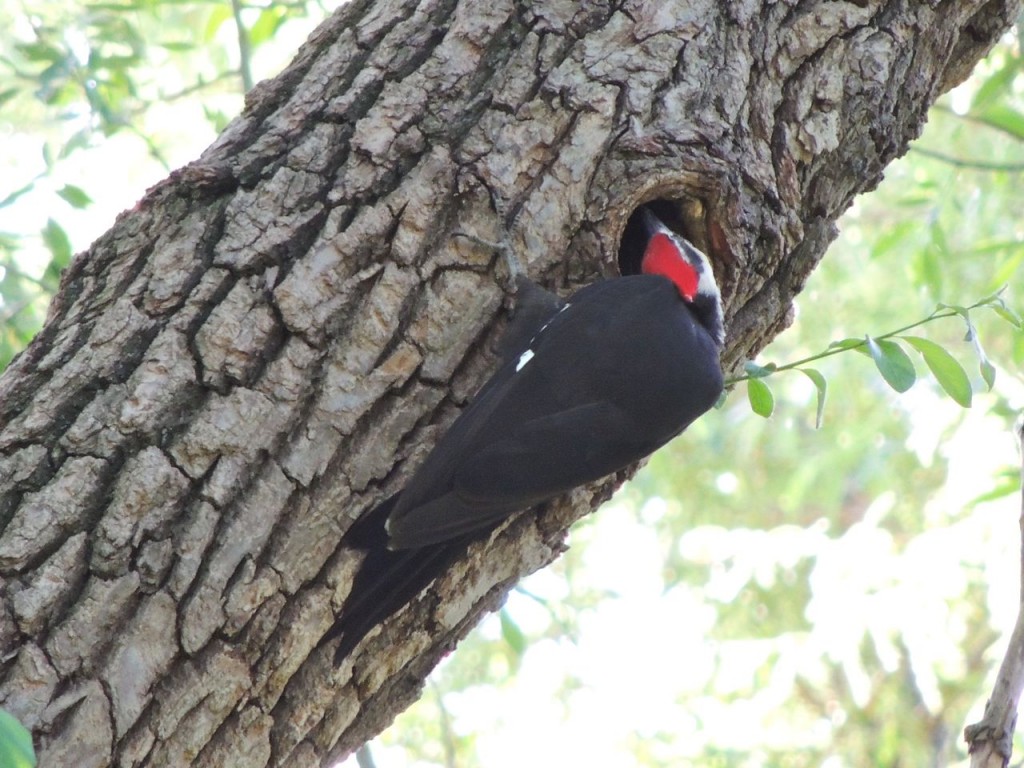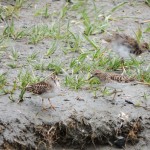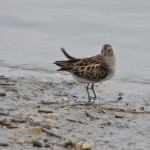30 May 2015 Cootes Paradise, Hamilton. ON. My Bird of the Day today? A Pileated Woodpecker; without a doubt. I had just started a census round on this very warm and blustery morning, and hadn’t gone more than perhaps two or three hundred metres when I heard the unmistakable, ringing laugh of one. Their call carries well and hearing one is usually all you get, seeing one is the icing on the cake; perhaps you’ll get one sighting for every ten hearings.
I was standing talking to a nature interpreter when I noticed a large in-flight shadow pass over us. Flying shadows, as bird cues go, are tricky because following up usually means looking up towards the sun – and all that goes with that. Still, this time it worked for there just above us, a Pileated Woodpecker had arrived to explore a large old willow tree. It was gloomy in the recesses of the tree and my camera’s battery quit after I’d taken four or five not-bad photos in the low light. Here are a couple.


The census turned up just a little over forty species, but a strong south-west wind backed by a murderous looking pile of clouds evidently unnerved bird life; they were quite quiet, especially for late May. Later in the day those clouds rolled out some epic thunderstorms.
I tried counting the Common Terns weaving and diving across the lake but could only make a best guess. The count of Canada Geese was higher than it has been for a while, perhaps the many one-year-olds and failed breeders have given up trying to hold territory and have decided to hang out together, or perhaps sensing the approach of bad weather they had headed for a sheltered area. That birds sense the approach of bad weather is well understood, we often see them feeding heavily before an approaching snow storm. There is a astonishing account, recently published, of five Golden-winged Warblers (a species rarely seen around here) in Tennessee who were tracked flying 450 miles south to avoid a tornado-bearing storm system that was 250 miles west but heading their way. After the storm had passed, the birds returned to resume defence of their Tennessee territories. This is no place to go into much detail of why or how they were tracked except to say that they had been fitted with tiny geolocators which returned quite precise information.
I spotted a small, tight formation flock of about 25 sandpipers wheeling around an offshore islet. It was impossible to be sure but they were probably Least Sandpipers; I saw thousands of them on Cape May a week ago. They are within a few thousand kilometers of completing their spring journey to their Arctic breeding grounds. They have to get there at just the right time; today those grounds may well still be snowed covered. But soon there will be a window of a few weeks with open ground and abundant food in which to establish territory, mate, incubate, feed and raise young and then head south again before the snows of late summer. A bit like waiting for a gap in the ocean waves to run in, grab your wind-tossed hat and retreat before the next swamping. A lot of well-timed effort for the prize.

